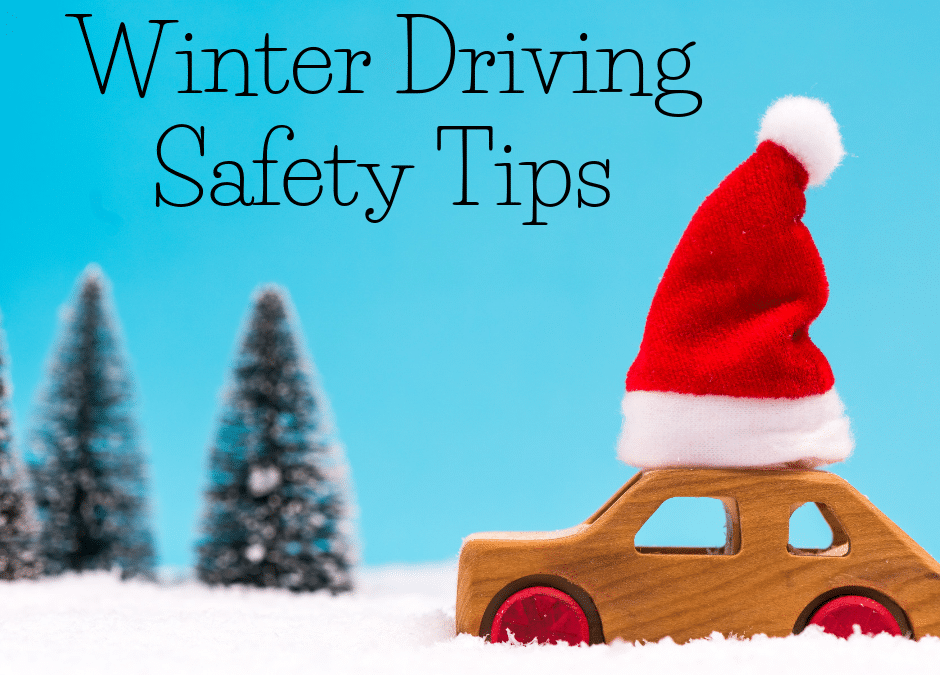Undoubtedly, when the roads are covered in snow and/or ice the best option is to just stay hunkered down at home. However, for the majority of us, that’s not an option. In fact, 70 percent of US roads are located in snowy regions. and each year over 116,000 people are injured driving in the snow and ice.
Accumulation on roadways reduces tire friction and vehicle maneuverability and greatly increases the risk of accidents. So, as winter approaches and you make the necessary preparations to your vehicle, make sure you remember these winter driving safety tips to ensure you arrive at your destination safely.
- Decrease your speed and leave yourself plenty of room to stop.
- Allow at least 3 times more space than usual between you and the car in front of you.
- Brake gently to avoid skidding.
- If your wheels start to lock up, ease off the brakes.
- Turn on your lights.
- This will make you more visible to other motorists.
- Keep your windshield clean.
- Once it has defrosted, keep the windshield wipers on to wipe away all falling snow and avoid it freezing over again.
- Use low gears to keep traction.
- Drive especially slow on hills to avoid rolling backward.
- Steer into a skid to avoid a crash.
- This means if your rear wheels are going right, gently steer in that direction.
- Keep an emergency kit in your car.
- This should include a first aid kit, flashlight, water, blankets, and snowmelt or sand/kitty litter.
- Be on the lookout for black ice.
- Black ice is barely visible and makes roadways, bridges, and overpasses extremely slick
- Don’t pass snow plows.
- The drivers have limited visibility, and you’re likely to find the road in front of them worse than the road behind.
- Don’t assume your vehicle won’t have problems.
- Even 4-wheel drive automobiles can have issues on ice and snow!
If your rear wheels skid…
- Take your foot off the accelerator.
- Steer in the direction you want the front wheels to go.
- If your rear wheels start sliding the other way as you recover, ease the steering wheel toward that side. You might have to steer left and right a few times to get your vehicle under control.
- If you have standard brakes, pump them gently.
- If you have anti-lock brakes (ABS), do not pump the brakes. Apply steady pressure to the brakes. You will feel the brakes pulse — this is normal.
If your front wheels skid…
- Take your foot off the gas and shift to neutral, but don’t try to steer immediately.
- As the wheels skid sideways, they will slow the vehicle and traction will return. As it does, steer in the direction you want to go. Then put the transmission in “drive” or release the clutch, and accelerate gently.
Stay warm & be careful out there!
This article is furnished by California Casualty, providing auto and home insurance to educators, law enforcement officers, firefighters, and nurses. Get a quote at 1.866.704.8614 or www.calcas.com.
- Winter Driving Safety - January 8, 2020
- A Simple Check to Support California’s Peace Officers - March 17, 2019
- California Casualty Gives Back - February 8, 2018

